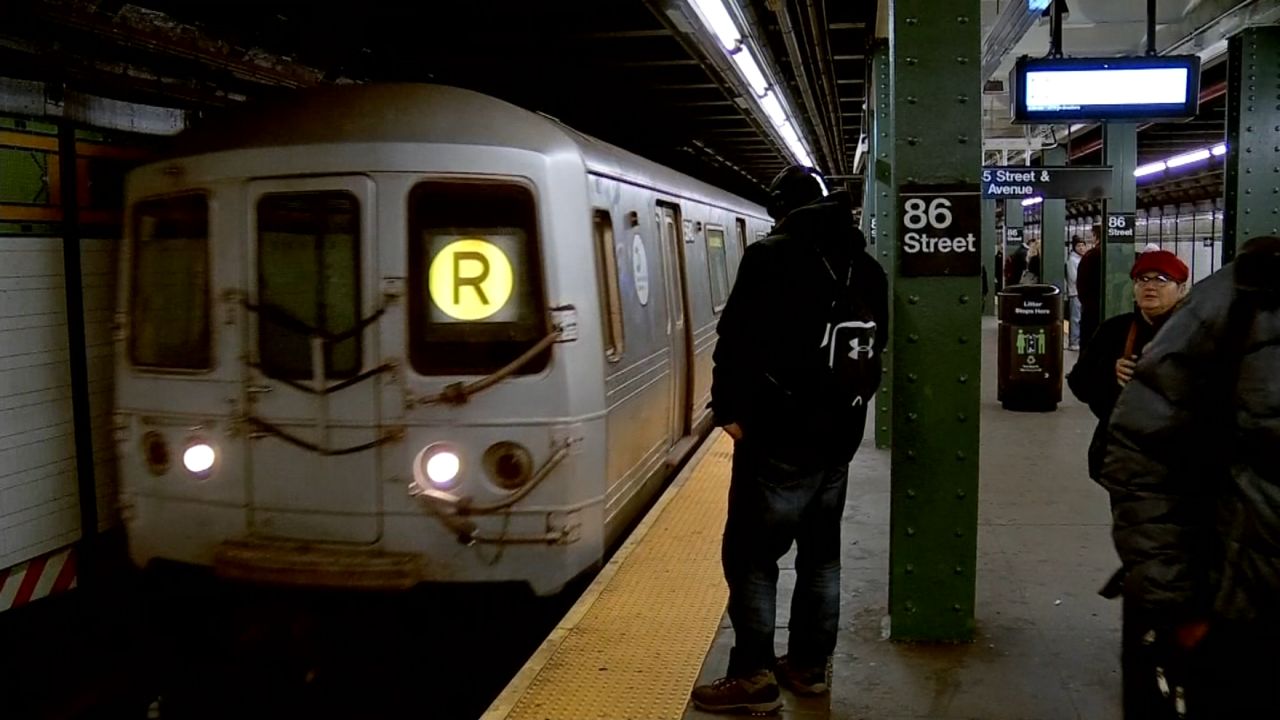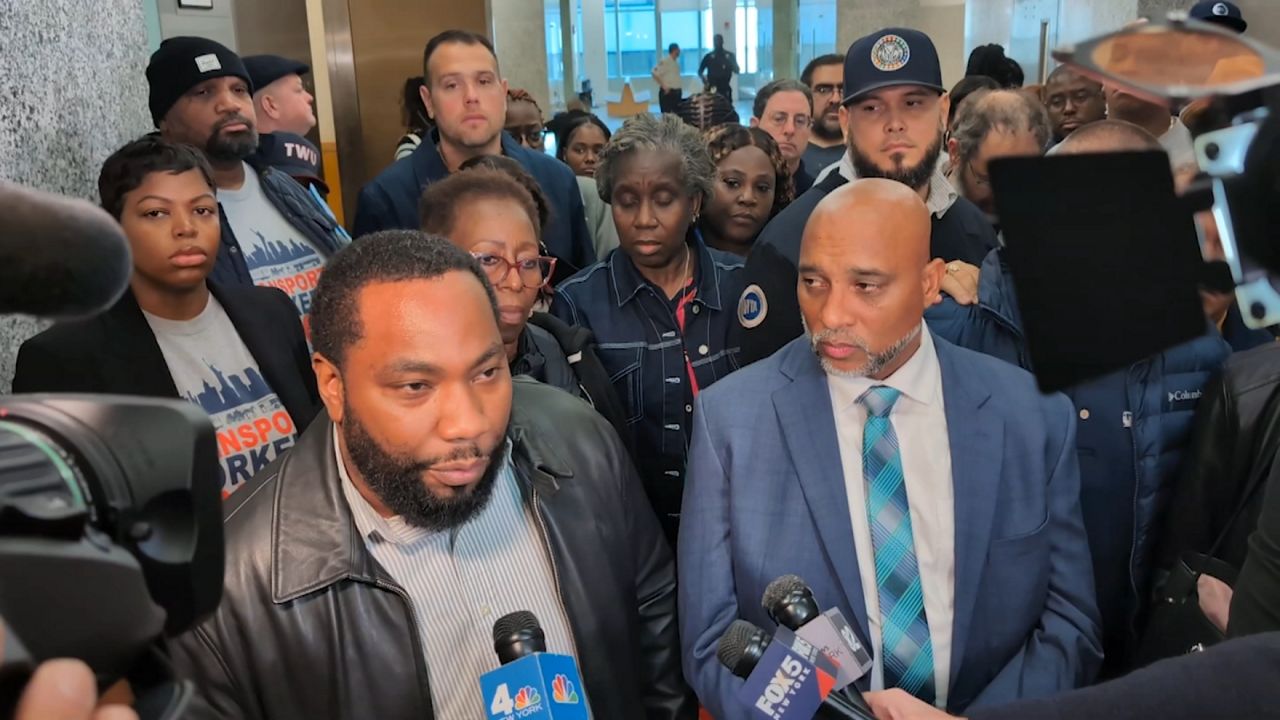G train riders are worried this will be their summer of commuting hell.
From June 28 to July 5, there will be no G train service between Court Square and Nassau Avenue. Then for six weeks, from July 5 to Aug. 12, there will be no service between Court Square and Bedford-Nostrand Avenues. And from Aug. 12 to Sept. 3, there will be no service between Bedford-Nostrand Avenues and Church Avenue.
Shuttle buses will replace the G train.
Kylie Souder was one of many concerned riders who attended a town hall Thursday where officials from the MTA and the city’s Department of Transportation explained what they will be doing to ease the pain of the shutdown.
“I rely on the G train every single day to go to work, both ways. Obviously, I have to go to and then from,” Souder said. “And then now in the hot summer I’ll have to wait for a bus that they say is going to come frequently, but I think we all know with the MTA that’s not really to be expected.”
Addressing concerns about how slowly the shuttle buses will move, the MTA said there will be both automated bus camera enforcement and police enforcement to clear the bus lanes. There will also be more loading zones, so trucks don’t double-park.
“We have gotten them to really commit to service every five minutes and to more monitoring of that,” said state Assemblymember Emily Gallagher, who organized the town hall. “I think that’s going to be the part that is the hardest experiences.”
The MTA is also appointing a G train “czar” to oversee the project, and providing a dedicated hotline and email for riders to hold the MTA accountable. But dealing with the shutdown is just half the battle.
“A lot of feedback that we’ve heard about the G train is infrequency of service, the lack of length in the cars. We need more cars,” said state Sen. Kristen Gonzalez of the only four-car train, when most lines have 10. “And how packed it is, especially since we have a growing and thriving neighborhood here.”
The project will eventually provide more frequent service as the MTA replaces 1930s signals with what's called CBTC. It’s also using the shutdown to replace tracks and renovate stations.
But riders are still skeptical of the plan to mitigate the effects of the work.
“There is what is in a presentation, and what’s done on paper and there is what happens in real life,” said commuter Luke Olsen, who attended the meeting.
And even after the shutdown, the work won’t be done. There will be night and weekend outages to complete the project through the first half of next year. But the MTA says it will improve service for the estimated 160,000 riders who use the G train each day.






_PKG_DOT_BQE_Improvements_CG_131225588_368)

